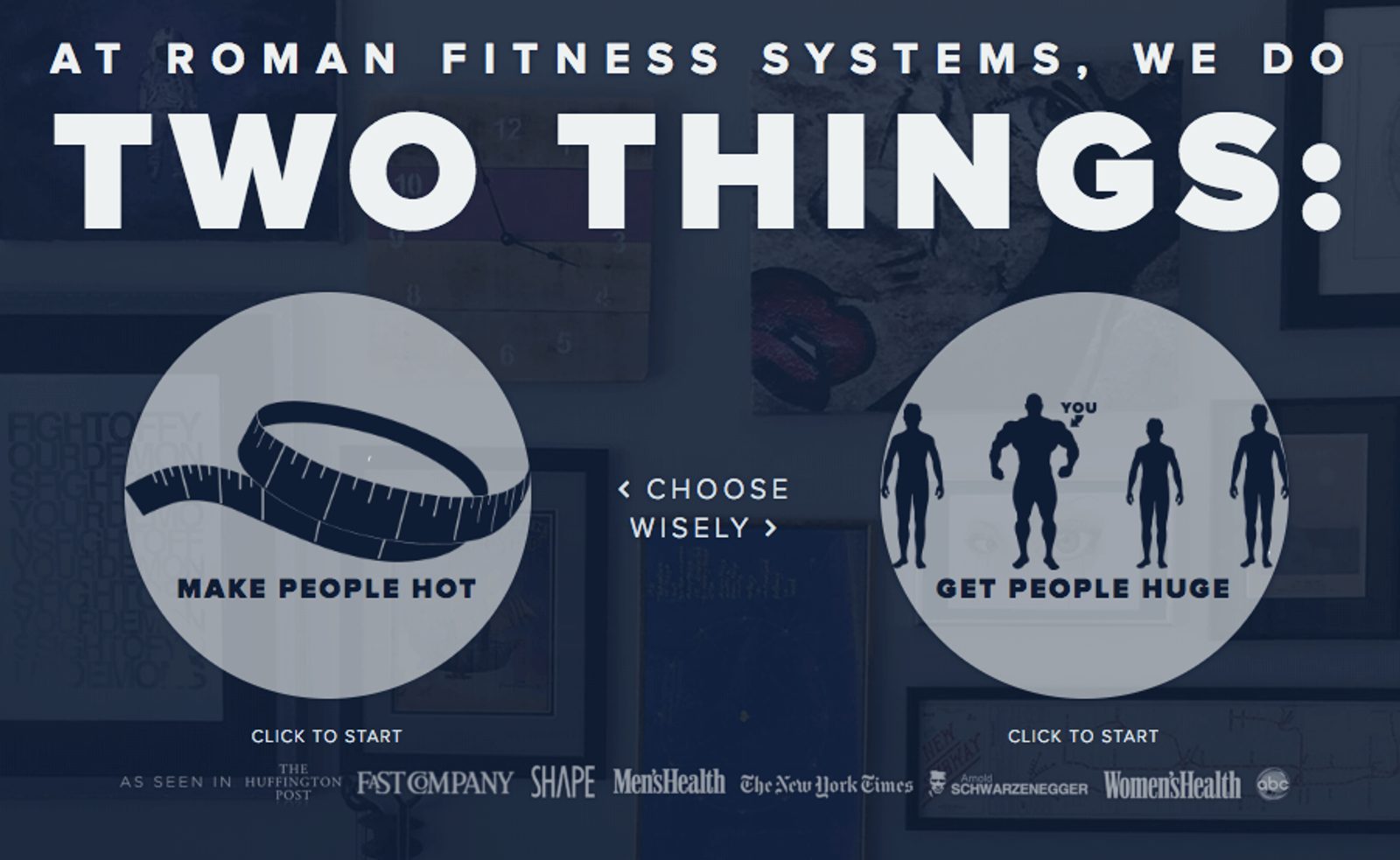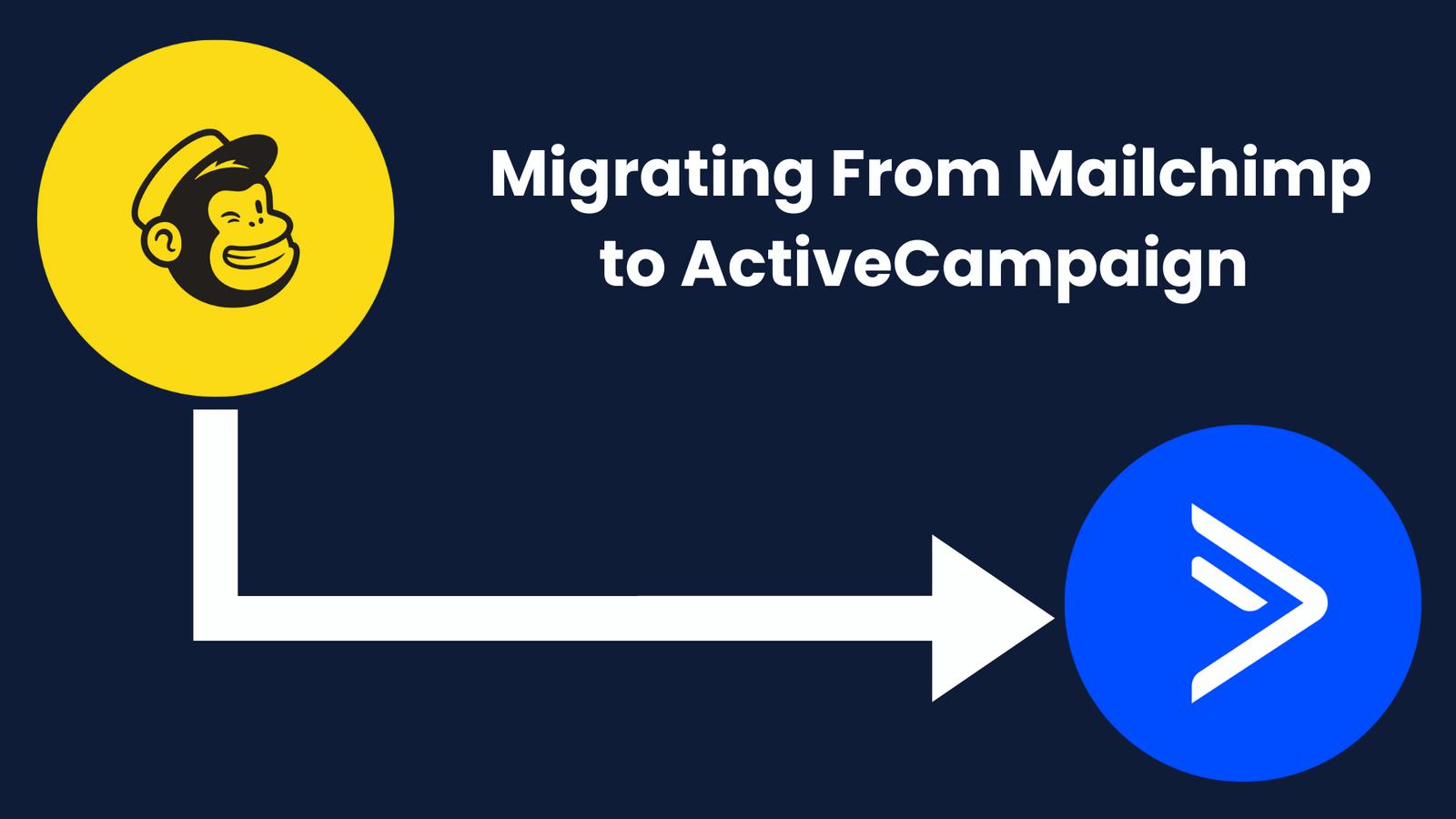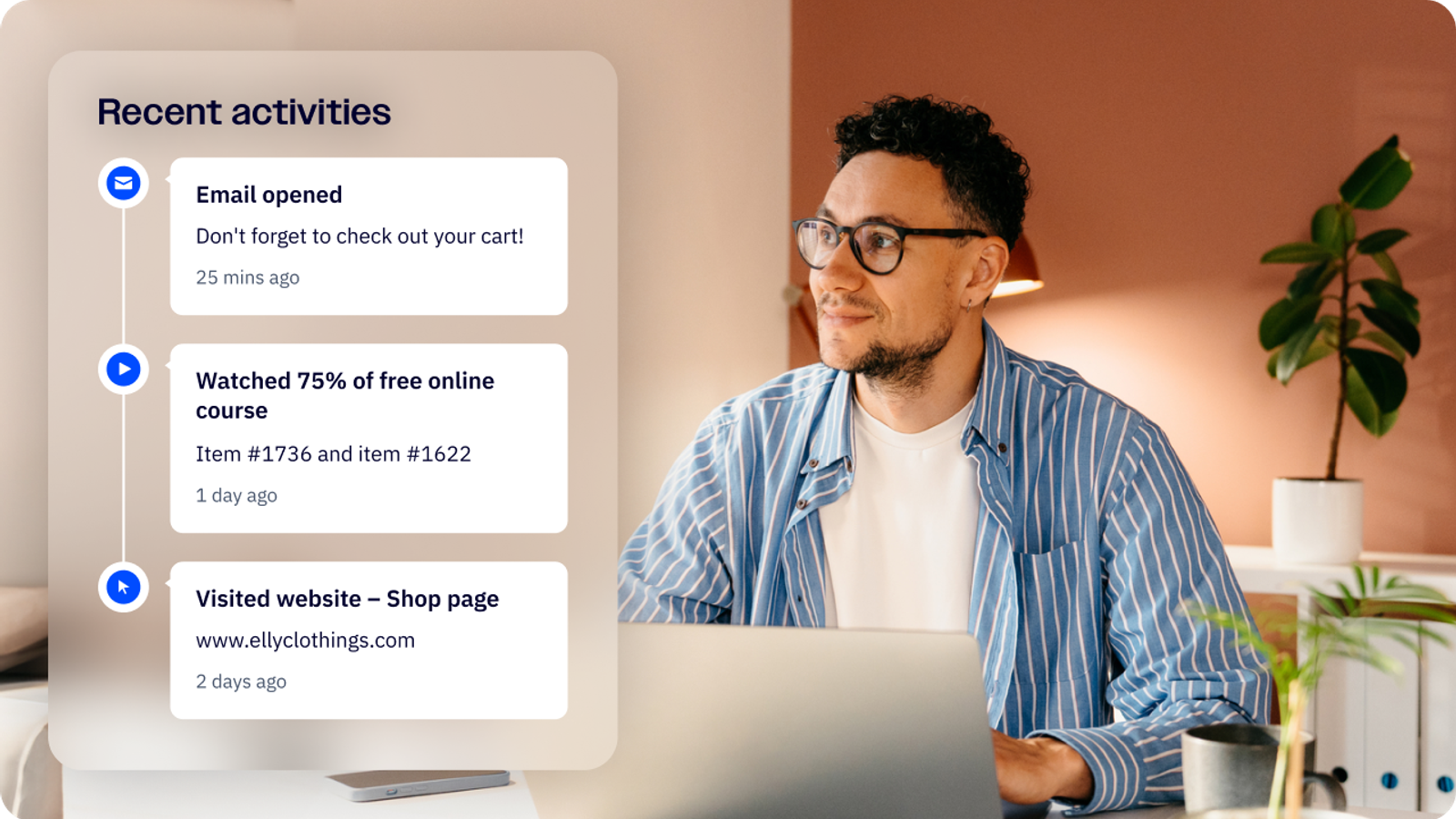Before I knew anything about email marketing or marketing automation, the term “segmentation” scared me.
I’d heard of a “segmental fracture,” because of that time I maybe broke my ankle. But with broken bones as my only reference point, audience segmentation seemed intimidating.
So I avoided it.
Eventually, as I grew my own email list, I had to learn more about segmentation. Then when I came to ActiveCampaign, I started to use and build on that knowledge.
And it turns out that segmentation isn’t actually all that scary or complicated. It’s just the art of thinking in groups.
In this article, you'll learn:
- What segmentation really means
- When segmentation is worth your time
- What you can segment based on, and how that plays into your business
- How you can collect the information needed to segment your audience
Let's get into it!
What is segmentation?
In marketing strategy, segmentation means dividing your audience into smaller groups based on characteristics they have in common.
Creating a segment of your audience is just you saying “this specific audience of people have something in common, so I’m going to group them all together.”
Once you organize your contacts based on things they have in common, you can make your marketing more personalized and relevant with tailored messaging.
Really, you probably already do this in your everyday interactions. Do you speak to your mother the same way you do to your best friend, or your boss, or the cashier at the grocery store, or that one wild friend from high school?
Audience segmentation helps you speak to people the way they want to be spoken to.
Try it now, for free
When should you use audience segmentation?
If you’re new to segmentation, you’re probably wondering when you would even use it.
You might hear things like “emails that are segmented get 69733% more opens” or “businesses that segment their audience double their conversion rates.”
Even though target segmentation really can have huge effects like that, those stats on their own don’t teach you how to segment so much as they make you feel guilty for not segmenting.
So when does it make sense to use segmentation?
- When you offer multiple products that serve different audiences
- When you offer multiple products that serve different wants and needs of the same audience
- When you offer one product that serves multiple audiences
There are a lot of different use cases for segmentation, but ultimately it comes down to this: You should segment your audience if that audience is made up of groups of people that care about different things.
Let’s go through some examples of what information you might use to segment your audience.
What should you segment audiences based on?
You can segment your audiences based on pretty much any factor, including:
- Product usage
- Demographics
- Psychographics
- Where they are in the buyer’s journey
- Level of engagement with your brand
- Device (Desktop vs. mobile)
- Behavior
- And so much more!
Imagine you run a fitness business that offers personal training services. Here are a few different examples of audiences you might serve (ideally with the help of fitness marketing automation):
- People looking to lose weight
- People looking to build muscle
- “Weekend warriors” who are looking to train for recreational events
- New mothers who want to stay active
- 23 year old guys trying to get in shape
- 47 year old guys trying to get in shape
The list could go on and on and on, and there’s a lot to be said for focusing on a specific niche.
The point is that all of these different audiences have different needs.
Someone who wants to lose weight might need a different exercise program from someone who wants to build muscle — but the way you market your services to each person would also be quite different.
Even if you’re talking to people with the same goals, the way you talk to those people can be different:
- A 23 year old guy might want to get in shape so that he can play in rec sports leagues, or go out on more dates, or have fun at the beach.
- A 47 year old guy might be struggling to balance exercise with family and career, or looking to relieve some aches and pains.
Even if both are trying to get into better shape — don’t you think the way they talk about their problems is different? Don’t you think they have different struggles?
You’ll likely want to narrow down which audiences you serve in your business and go from there. Here’s an example of straightforward segmentation from fitness coach John Romaniello.

Source: Roman Fitness Systems
Romaniello has a pretty distinctive personality and brand that attracts a certain type of person. But once they come to his website, he wants to segment them further by speaking to their specific goals.
Peter Nguyen of The Essential Man is a fashion coach that serves a relatively niche audience: Young men looking to improve their personal style.

In his initial email, he works to segment his audience even further.
What is a young, fashion-conscious man interested in? Peter segments based on three primary needs:
- Men who want to be stylish without having an overflowing wardrobe
- Men who want to look better so they can have more/better dates
- Men who want to look better for professional reasons
Each of those audiences has different needs and talks about their problems differently.
Ultimately, if you have a good marketing automation platform, you can segment based on almost anything.
Seriously. Here are some of the ways you can segment in ActiveCampaign:
Screen Recording 2018-01-30 at 09.56 AM.mov
Have an offer that only makes sense in certain parts of your country? Segment. Want to target people based on what they’re doing on your website? Segment. Want to follow up with past customers who might gives you repeat business? Segment.
You can segment based on:
- Behavior: Visiting your site’s product page, abandoning a cart, opening your emails, filling out forms, or past purchases.
- Geography: Country, city, state, ZIP code, or area code.
- Demographics: Including age, gender, income, and organization
- Needs: Anything a member of your audience struggles with

Source: Email Monday
The challenge of segmentation isn’t usually about how to segment your target market — you’ll usually be able to think of a few groups that could benefit from different marketing.
More often, the challenge of segmentation is getting the information you need in the first place.
Audience segmentation tools:3 ways to create audience segments
Your ability to segment your audience usually depends on the quality of the information you have about your audience.
How can you gather that information? How can you find out exactly what each member of your audience cares about?
Here are a few different tools you can use.
1. Segmentation emails
In a good email marketing system, you can track just about any way that your subscribers interact with your email messages.
That means you can track open rates, replies, link clicks, and even whether or not they’ve forwarded a past email.

These is what Peter Nguyen was doing in his welcome email, discussed above. Here’s a fictional example I put together in ActiveCampaign:
In this email, I give people three links to click — one about automations, one about content marketing, and one about branding.
When they click one of the links, the system adds a tag. If they click the content marketing link, as shown in the image, it adds the tag “Content Marketing Interest.”
That’s it.
From now on, that tag follows them everywhere. I will always know that they are interested in content marketing — and if I ever launch a content marketing course or want to sell content marketing services, I can target them and send that offer in just a few clicks.
Any time you serve a few clearly distinct audiences (e.g. “lose weight” or “gain muscle”), asking your contacts to self-identify themselves is a good idea.
You can always add other ways to segment later. Once you have the information in your system, it stays there — so it makes sense to gather as much information as you can.
2. Site Tracking
What if you have a ton of different audiences? Or have a wide variety of products that might interest people?
You might want to segment based on your website.
Imagine you own Dollar Shave Club, and you want to increase your sales of shaving accessories.
Razors are a good business. Dollar Shave Club was able to disrupt an entire industry with their promise of high-quality razors, delivered.
But they didn’t stop there. Wisely, Dollar Shave Club realized that the people most likely to become customers are...existing customers! If they only sold razors, they would miss out on repeat sales, one of the key drivers of a strong business.

So they branched out.
Source: Dollar Shave Club
Dollar Shave Club offers a variety of different shaving equipment, balms, lotions, creams, and butters. They’ve even started to branch into toothbrushes and toothpaste.
Still, they’re known for razors.
One way for an ecommerce company to increase sales is to target people based on website activity.
If you already have a contact’s email address, you can see just about everything they do on your site. If someone visits the “Shave Butter” page, Dollar Shave Club can then follow up by (automatically) sending them an email about Shave Butter.
If you were John Romaniello and a contact clicked the “Get People Huge” button on your website, you could instantly follow up with a targeted email about building muscle. You could also add a tag, like “Muscle Building Interest,” to send targeted emails in the future.
There are some cool ways to use site tracking to segment your audience:
- Follow up with people after they visit a product or service page on your website
- Send abandoned cart emails and reminders to make sure people complete checkout
- Track progress in an online course, and send reminders to continue with course material
There are as many ways to segment as there are businesses, so ask yourself: when someone visits a particular page of your website, what does that say about them?
Visiting a page is an indication of interest — and an opportunity to segment.
3. Forms
Site tracking and segmentation emails can tell you some stuff, but what about all that other stuff? Things like age, gender, and income are hard to figure out based on visits to a web page.
For everything else, there’s forms.
The simplest way to get this kind of information is to ask! Any kind of custom field can be added to a form — so people can fill in just about any information you ask for.

You can ask for information directly when someone first becomes one of your contacts. You can send them an email with an embedded form. Like Platinum Skin Care, you can use a quiz as a form to collect information.
Forms tend to be especially useful for B2B businesses, or businesses with high-price items. But they can still be valuable for other businesses — if you use them right.
The major drawback of using forms with a lot of fields is that fewer people fill them out.
For businesses with high sale prices, that isn’t always a problem — qualifying the best leads is more important than having a high number of leads.
For other businesses, get creative! If you have multiple lead magnets, you can use different forms to offer them (and add lead-magnet specific tags based on interest). You can use a form as a short survey in a follow-up email once someone has already opted in.
Forms let you ask for any information you can dream of. The more information you have, the better you can segment your audience.
Conclusion: What do you do once you have a segment?
Remember: you should segment your audience if that audience is made up of groups of people that care about different things.
Segments help you give the people what they want. So if you’ve successfully segmented your audience...that means you’ve found people who care about different things!
All you need to do is make the right offer. Because of the information you’ve already collected, you know exactly what that offer should be.
Go make them an offer they can’t refuse.







